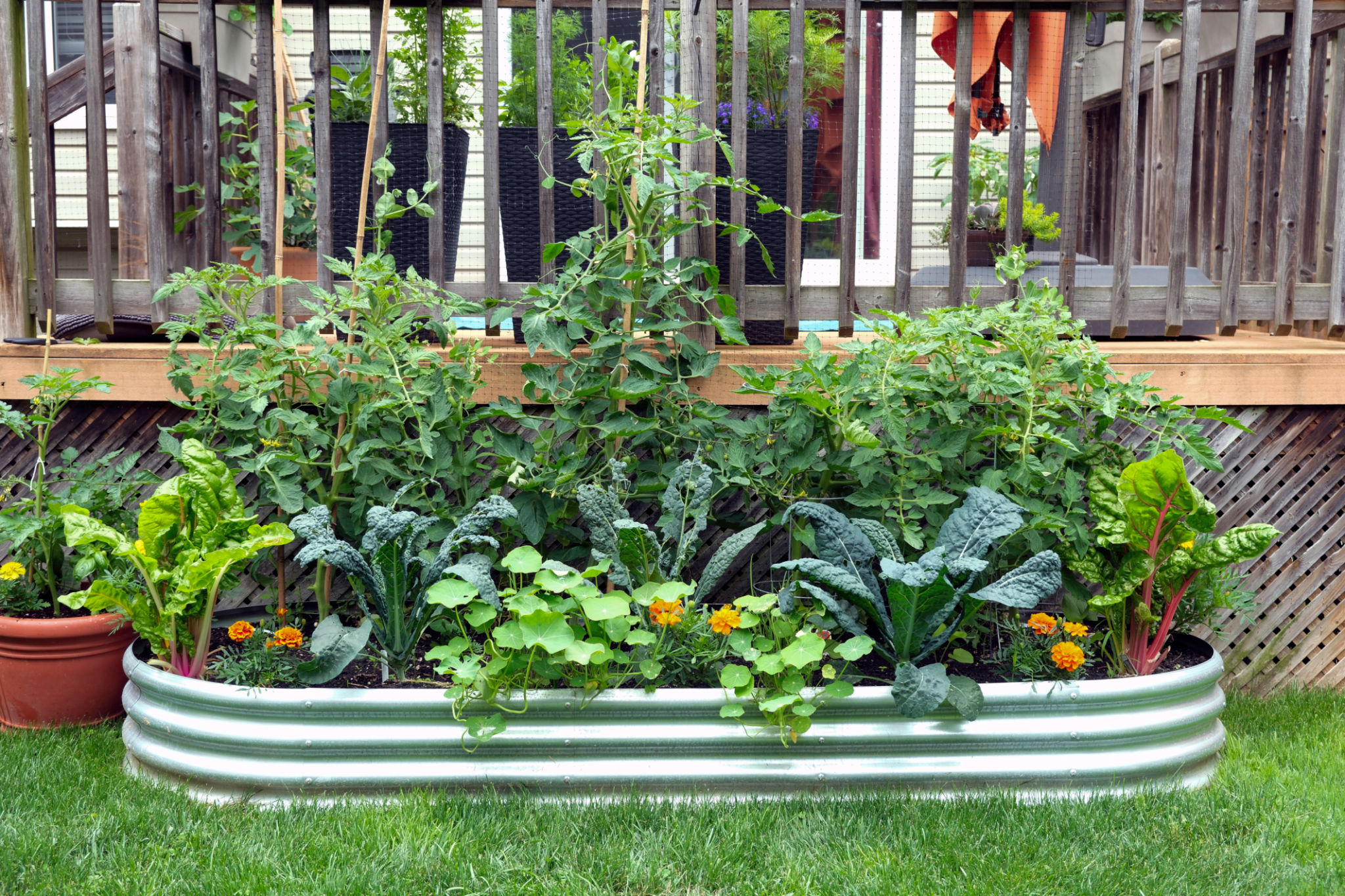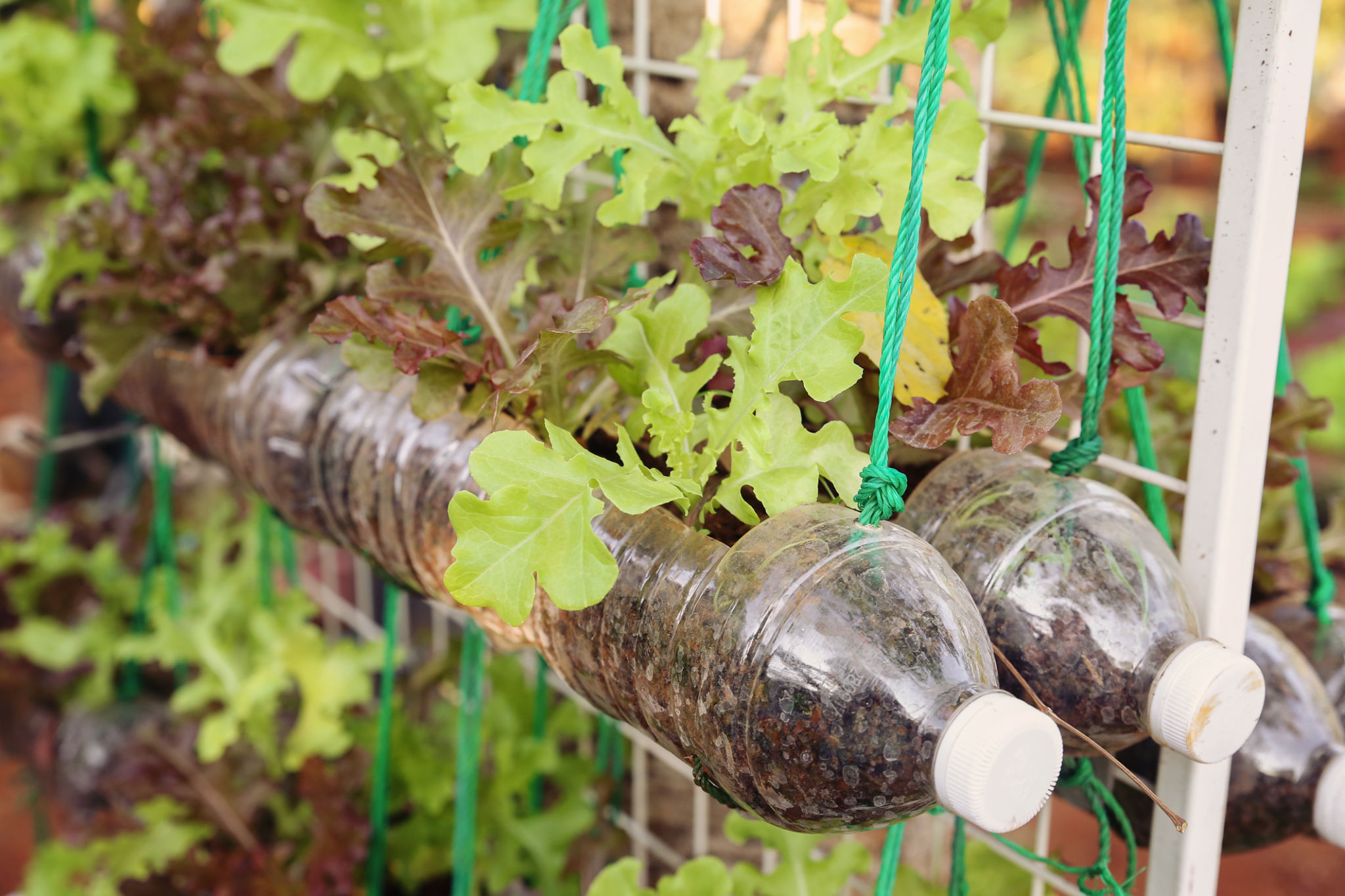Eco-Friendly Landscaping Materials: Choosing the Best for Your Austin Yard
Introduction to Eco-Friendly Landscaping
Transforming your Austin yard into an eco-friendly oasis not only enhances its beauty but also contributes to environmental sustainability. By choosing the right materials, you can reduce your carbon footprint while creating a lush and vibrant outdoor space. Here, we explore some of the best eco-friendly landscaping materials for your yard.

Understanding Sustainable Materials
When selecting materials for your landscaping project, it's important to consider their environmental impact. Sustainable materials are those that have been sourced responsibly and have minimal negative effects on the environment. This includes products that are renewable, recyclable, or have a low carbon footprint.
Native Plants
One of the simplest ways to ensure an eco-friendly yard is by using native plants. These plants are naturally adapted to the local climate and soil conditions, requiring less water and maintenance compared to exotic species. Native plants attract local wildlife, support biodiversity, and help maintain the ecological balance.
Recycled Materials
Incorporating recycled materials into your landscaping design is another excellent way to promote sustainability. Consider using recycled wood, plastic, or metal for fences, paths, or garden furniture. These materials not only reduce waste but also add a unique aesthetic to your yard.

The Benefits of Permeable Paving
Traditional paving materials can contribute to water runoff and soil erosion. Permeable paving alternatives, such as gravel, permeable concrete, or grass pavers, allow water to seep through the surface and return to the ground naturally. This reduces the risk of flooding and helps replenish local water tables.
Compost and Mulch
Using compost and mulch in your garden beds is an effective way to nourish your plants while minimizing waste. Compost can be made from kitchen scraps and yard waste, providing essential nutrients for plant growth. Mulch helps retain soil moisture, suppress weeds, and regulate soil temperature, making it a valuable addition to any garden.

Solar-Powered Lighting
Lighting is an essential component of any outdoor space, but it can also be a significant energy consumer. Opt for solar-powered lights to illuminate your yard while reducing energy consumption. These lights harness sunlight during the day and provide illumination at night without relying on electricity from the grid.
Water Conservation Techniques
Water is a precious resource, especially in regions like Austin where drought conditions can be common. Implementing water conservation techniques such as drip irrigation systems, rainwater harvesting, and drought-tolerant landscaping can significantly reduce water usage in your yard.
Conclusion: Making a Difference
By choosing eco-friendly landscaping materials and practices, you can create a beautiful Austin yard that supports the environment. Whether you incorporate native plants, recycled materials, or water-conserving techniques, each decision contributes to a more sustainable future. Embrace these practices today and enjoy the benefits for years to come.
